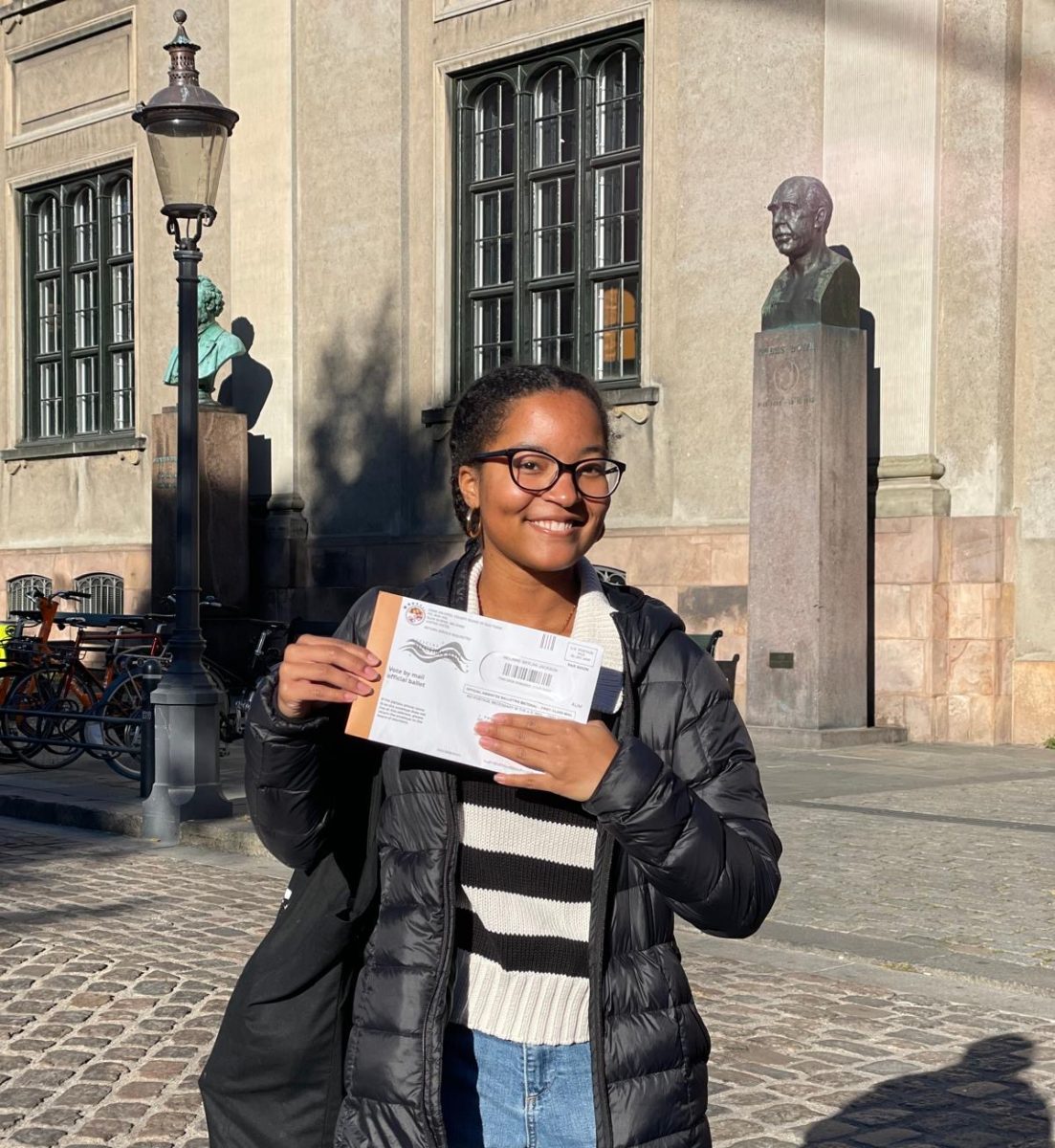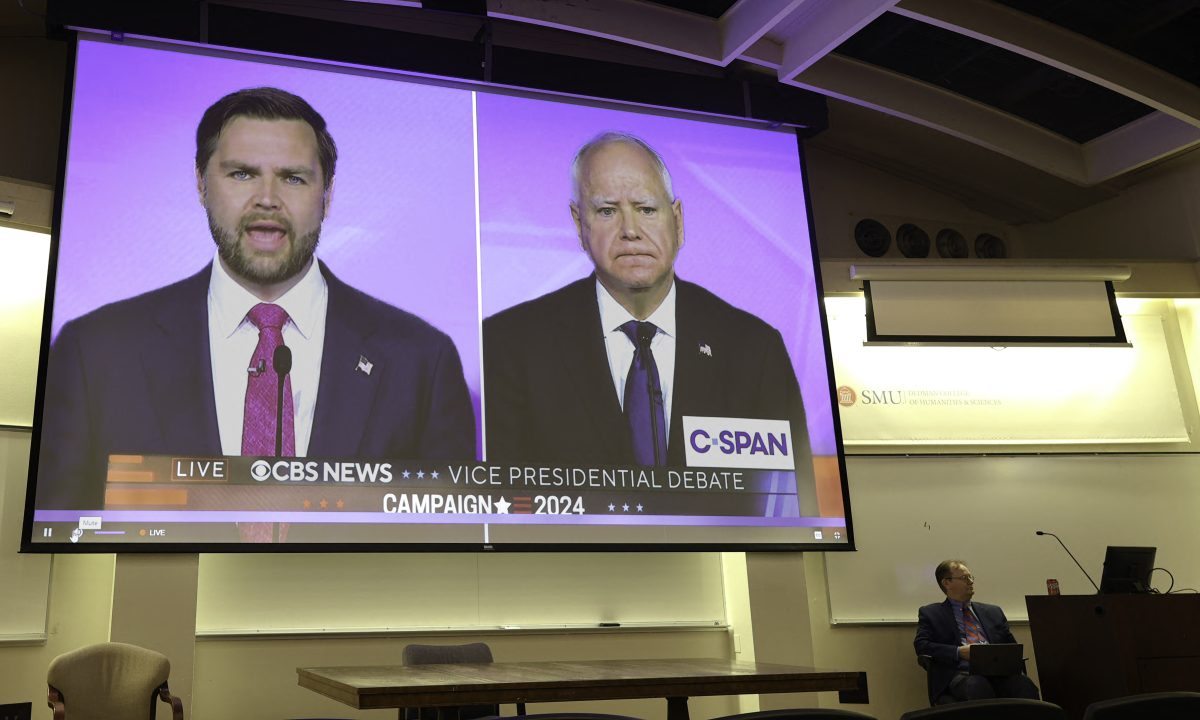When someone says “South by Southwest,” many people often immediately think of the world-famous music festival held in Austin, Texas. What these folks don’t know is that before the concerts even start, a film festival takes place at movies theaters around the downtown Austin area. SXSW Film started in 1994 and has annually grown into one of the nation’s most popular film festivals.
Many movie lovers flock to SXSW Film because it is more focused on films and filmmaking and less on which films get which distribution deal. This makes it much more friendly to the average moviegoer. The festival screens nearly 200 films, many of them independent but some coming from established directors and major studios.
In addition to the film festival, SXSW Film offers workshops, panels, mentor sessions and a trade show designed to inform and educate anyone interested in the movie business, including filmmakers, actors and even aspiring entertainment journalists.
This year, SXSW Film was held March 7-15 and was just as vibrant as usual. Among the more widely known upcoming films screened at the festival were “21,” “Harold and Kumar: Escape from Guantanamo Bay,” “Run Fatboy Run” and “Forgetting Sarah Marshall.” Look for those reviews in The Daily Campus closer to their respective release dates.
The greatest part about SXSW Film is getting to see documentaries and smaller narrative films that may never make it to a local moviehouse.
One such documentary was “Super High Me,” which stars stoner comedian Doug Benson (TV’s “Best Week Ever” and “Last Comic Standing”). Benson, inspired by Morgan Spurlock’s “Super Size Me,” decided to smoke marijuana for 30 days to see if it has any negative effects on his body. (To make the premise slightly more trustworthy, Benson refrains from smoking weed the 30 days before the experiment.)
Benson is a real “trooper” in the film, jokingly taking one for the team and all in the name of science. “Super High Me” does a great job of investigating the supposed negative effects of marijuana. Interestingly enough, the only negative effect Benson experiences from smoking weed for 30 days straight is gaining eight pounds. Otherwise, he actually performs a few points better on an SAT test and even ups his sperm count.
The film uses Benson’s stand-up to commentate on the experiment and on America’s use of marijuana. This provides for a lot of great backstage antics from other comedians who pop up in the film, such as Greg Proops, Brian Posehn, Patton Oswald, Rob Huebel, Rob Riggle and Sarah Silverman.
“Super High Me” also looks at the growing amount of dispensaries in California, the patients who frequent them, and the DEA agents who raid them with unsigned warrants. The film labels it a state’s rights issue and uses the seriousness of the raids to nicely complement the hilarity of the super high Benson.
When asked at a panel after the screening about the film’s possibly casual and irresponsible view of marijuana use, Benson said that he felt there were a number of drawbacks shown in the film.
“I look like an idiot the entire movie,” Benson said. “And I gained eight pounds! So we showed the negatives. We asked government officials and other people against marijuana to be in the film so we could present both sides of the argument, but they wouldn’t appear in the film.”
Another SXSW documentary was “The Order of Myths.” Margaret Brown directed this documentary about segregation in Mardi Gras celebrations in Mobile, Alabama.
Brown, an Alabama native, tackles the subject, which obviously hit close to home for her, with a fearless curiosity. Brown follows the Mardi Gras kings and queens of the two Mardi Gras associations in town, the all-white MCA and the all-black MAMGA.
The film features some shocking sights, including participantes in white parades refusing to throw beads to black parade-goers, white society’s general ignoring of anyone of color at social functions, and the black Mardi Gras queen realizing that her ancestors were brought to America on the white queen’s ancestors’ slave ship.
Though the film spotlights the 2007 celebration as being partially integrated (the white royalty pay a visit to the black coronation and vice versa), both groups have no problem bluntly telling the camera that they like things the way they are.
Brown’s voice comes through loud and clear in this documentary, particularly her disdain for the practice of debutante balls in general. One white participant in the film, Brittain Youngblood, generally disapproves of being a debutante but points to her mother as making her do it. Youngblood makes an effort to befriend the black servers at the all-white functions and discusses her disgust with the segregation in the town.
“The Order of Myths” presents a problem without a solution and does so in a compelling and eye-opening way.
Director Rachel Goslins’ documentary, “‘Bama Girl,” touches on a similar subject. Her film follows Jessica Thomas, a student who wants to be homecoming queen at the University of Alabama. The problem is that Jessica is black and to run for queen, she must go up against “The Machine,” a secret association of all-white fraternities and sororities that have controlled all student elections at the university for the past century.
“‘Bama Girl” deserves a distribution deal, if only because many SMU students might identify with themes presented in the film.
At a panel after the film’s premiere, Goslins said, “I think it represents a lot of Southern universities that have a small group of more progressive students fighting in vain against the larger group that is holding the school back.”
Goslins was apprehensive about the controversial nature of her subject matter and the powerful enemies she knew she could encounter, but made a bold film in spite of naysayers.
“While we were filming,” Goslins said, “I got calls in the middle of the night from drunken frat boys trying to disguise their voices, claiming to be representing ‘The Machine’ and asking what I was up to. But it didn’t really bother me.”
Overall, SXSW Film was a well-organized triumph this year. Film lovers and filmmakers alike joined together to display, appreciate and discuss the state of movies and the future of filmmaking.








